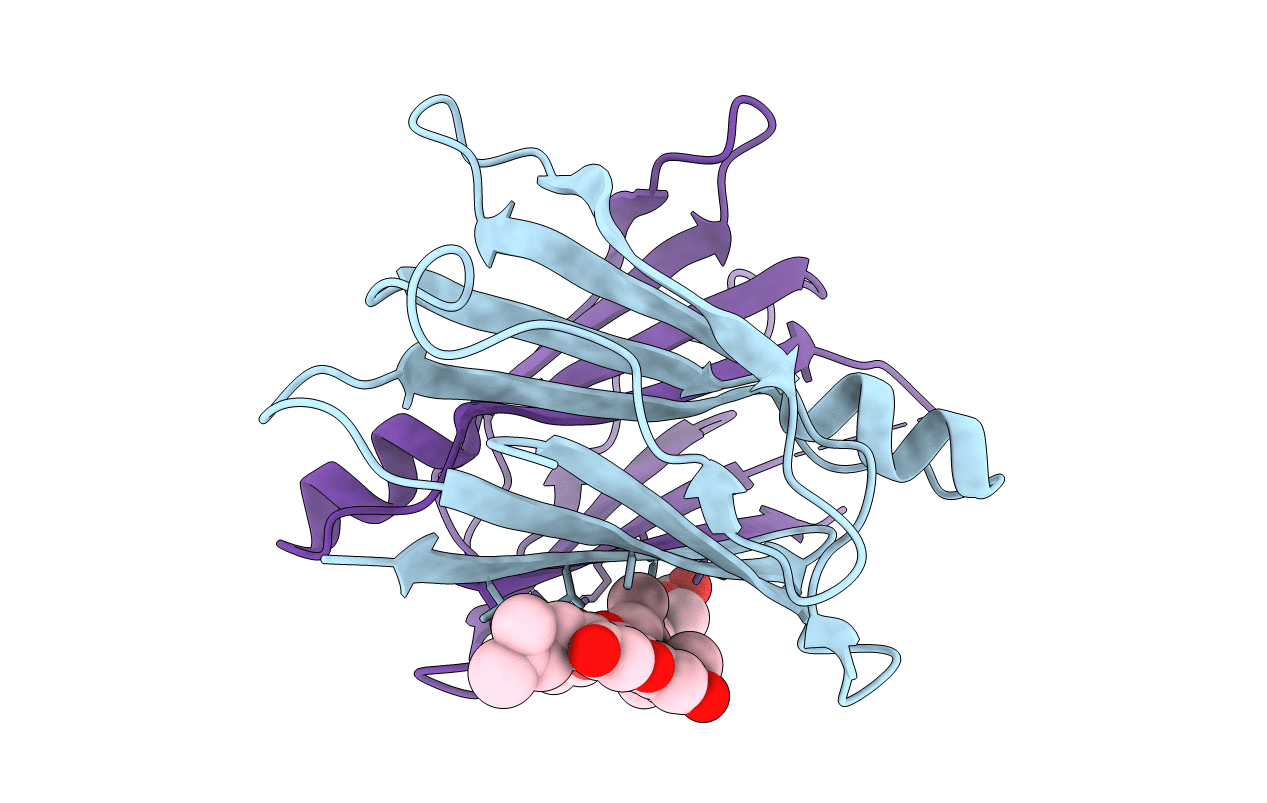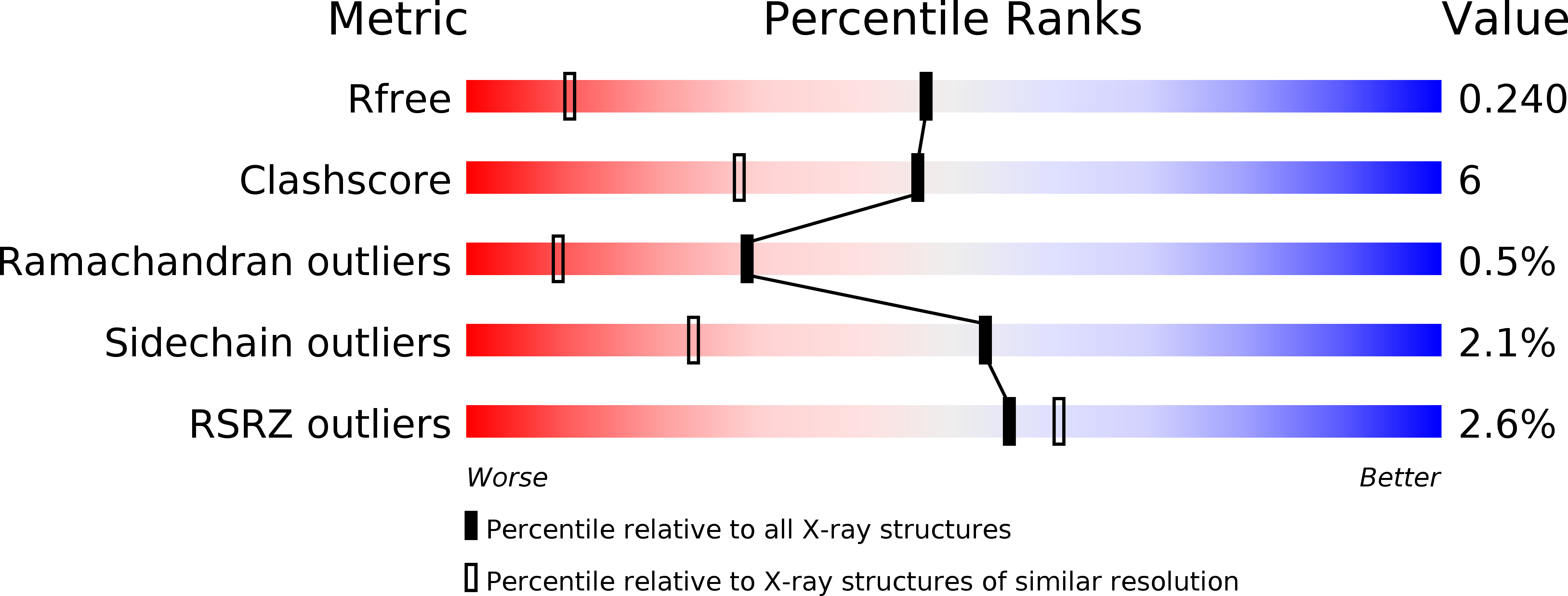
Deposition Date
2015-02-17
Release Date
2015-09-09
Last Version Date
2023-11-08
Entry Detail
PDB ID:
4Y9C
Keywords:
Title:
Crystal structure of V30M mutated transthyretin with bromide in complex with alpha-mangostin
Biological Source:
Source Organism:
Homo sapiens (Taxon ID: 9606)
Host Organism:
Method Details:
Experimental Method:
Resolution:
1.49 Å
R-Value Free:
0.24
R-Value Work:
0.20
R-Value Observed:
0.20
Space Group:
P 21 21 2


